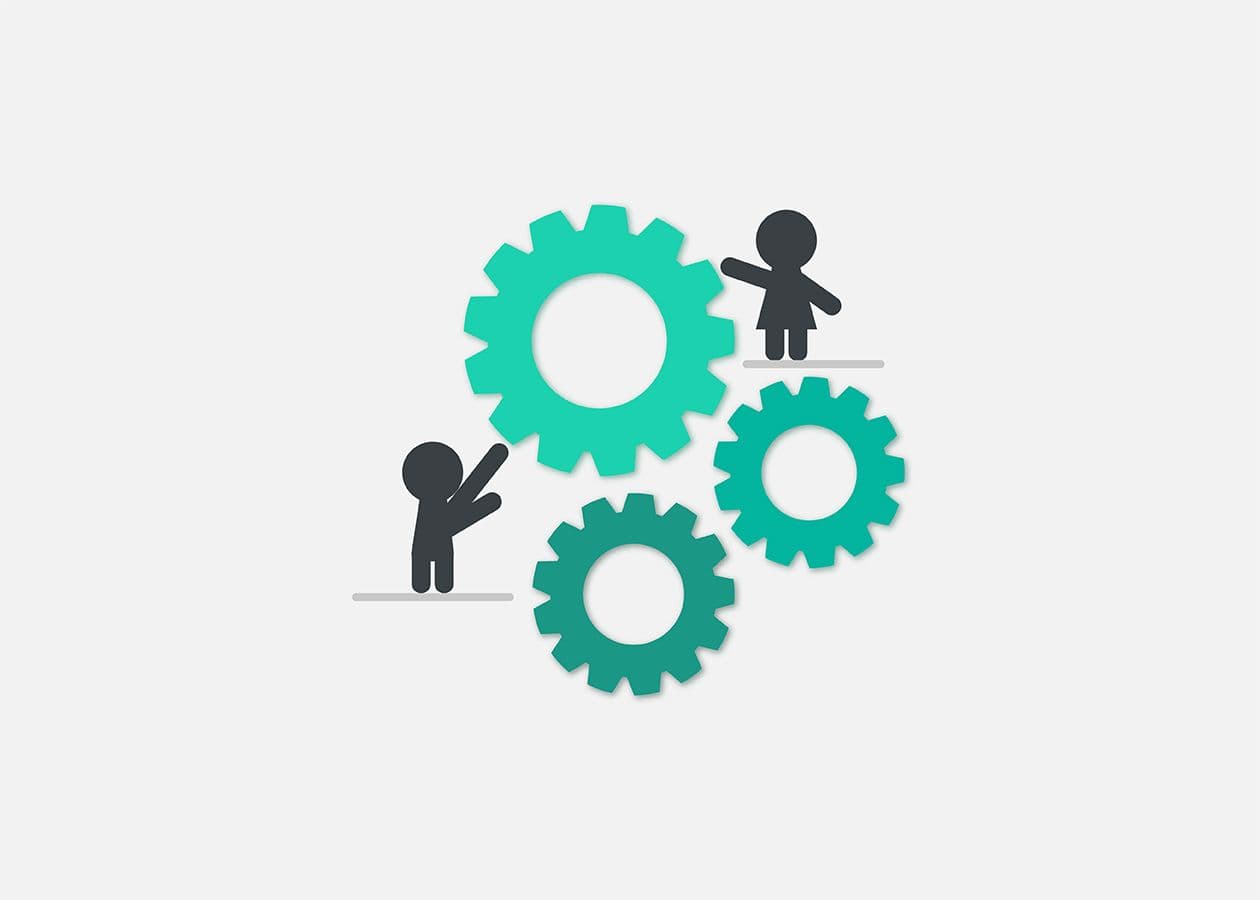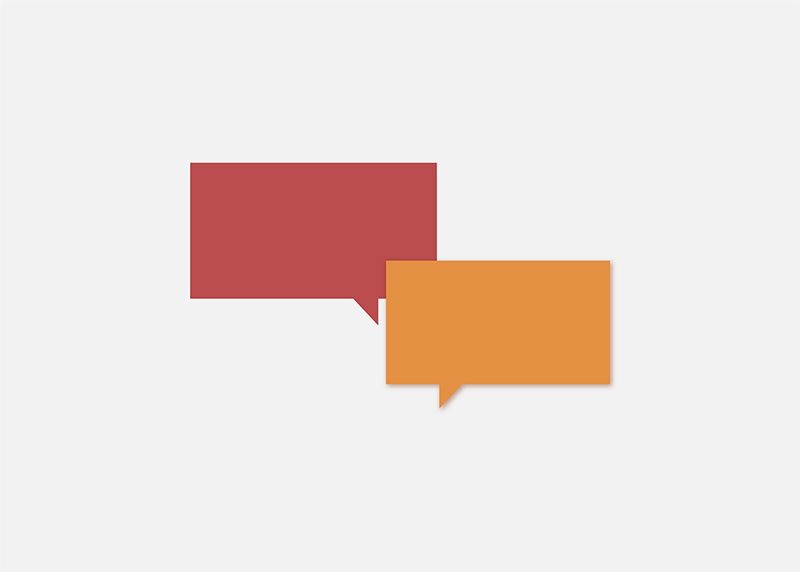
At EchoUser, we value Transparency, Collaboration, and Integrity. Collaboration is key, empowering clients and fostering shared ownership. Using strategies like regular meetings, stakeholder input, and iterative reviews, we invite clients into the process, moving forward as a "we".
We've been diving into the three core tenets of EchoUser's Client Partner philosophy: Transparency, Collaboration, and Integrity. We previously wrote on Transparency. Here, we'll dive into Collaboration.
Many agencies prefer that you give them all the information they need at the start of a project. They go away, work their magic, and return with a fully formed solution. That's the opposite of what we do. We want you involved every step of the way.
But first, a story.
Early in my career, I ran many usability tests in a traditional usability lab. It had a "control room" (for the facilitator and observers) and a "participant room" (for the test participant) separated by a two-way mirror and supplemented with all of the technical bells and whistles of the time (think early-mid 2000s: built-in video, two-way audio communication, etc.). Our control room was pretty spacious and had an exceptionally large whiteboard, so I often used the room to do my analysis too.
I was running a test with a particularly tight timeline, so to get ahead on my analysis, I started building my affinity diagram of observations after just a couple of participants on that big whiteboard. A couple of developers had to visit the control room and immediately took an interest in the (in-process) analysis on the whiteboard. I reflexively discouraged them from jumping to any conclusions. This was a common challenge—the team would see one usability session (typically the first one) and start clamoring to fix every problem they saw in that specific session. But as we talked, it struck me that they were not too interested in the early "results," but in what I was doing to get there. I was genuinely surprised they were interested in this. And the more I talked about my process and the thinking behind it, the more they engaged.
Since then, I've seen this phenomenon repeat itself over and over. People would get excited when I described what I did to get to the end result (be it research insights or design outputs). A product manager told me something that created a light bulb moment for me: "I've always wondered how designers get to the designs they create. Thank you for sharing this." That's when I realized something—Sharing how I did things and involving my product team partners in the process, in other words, actively and aggressively collaborating, made everything... better.
I took that lesson forward with me, and today, this attitude of striving to involve our client stakeholders in our process is a core part of how we, EchoUser, engage with our client stakeholders.

Why we push collaboration
Collaboration is the instantiation and advancement of not only sharing the process but involving our clients in the process. For us, it accomplishes specific things with our client relationship.
We want the client to feel like their opinions matter, even more so, that they have an active influence on where we're going. We create a stronger sense of shared ownership of the findings or designs. We're trying to remove any sense of "us vs them" and make it more of a "we."
Finally, we want to keep their attention. It's important for us to remember that our stakeholders are likely juggling multiple important priorities and tasks. Still, we want them to keep our project near the top of their minds so they remain responsive and engaged.
Our tactics
I've described why we prioritize collaboration, here is what we do.
Create a periodic check-in meeting.
From the start, for every project, we create a periodic meeting with the client's primary stakeholders. Typically weekly, but adjustable based on the nature of the project and the team, they are frequent enough to create a feeling of a regular cadence and facilitate building familiarity between us and the primary stakeholder team. On the surface, this is a simple check-in and status review meeting. But deeper down, it's the first building block for regular communication and interaction. We have to be careful, however, not to turn this into yet another useless meeting. So we're very proactive about the agenda and purpose of each meeting, making sure something meaningful is discussed every time.

Create and utilize asynchronous communication channels.
Besides live meetings, we determine the client's preferred means of asynchronous communication (e.g., Slack, Teams, e-mail), and then we take advantage of it. We try to be active, using that preferred channel in the same way we do internally, to provide short tidbits of information, ask questions, share documents, and generally communicate when we're not directly meeting.
Require key stakeholders to provide input into key planning documents.
As a basic practice, we ask key stakeholders to provide input into project plans, research guides, interview guides, usability test plans, etc. This encourages a sense of shared ownership over the approaches we take. As the UX "experts," we still maintain the driving direction and vision but balance that with ensuring the client's interests and concerns are implemented.
Create a frequent cadence of iterative design review sessions.
The nature of the design process is iterative, and we explicitly bring our stakeholders along with every iteration in the form of design reviews. We start the reviews early in the design process and make them frequent and regular. Stakeholders get to experience iterative design in action—seeing first-hand the raw, undeveloped designs that improve through the incremental cycle of exposure, feedback, and refinement.
Preview pre-release final deliverables.
Similar to how we share draft versions of key planning documents, we always share pre-release versions of final deliverables with key stakeholders. For research deliverables, they can see what we're going to say and get the opportunity to ask questions. There are a couple of reasons for this. First, we get a sense of what we're saying makes sense. Anything that isn't clear, we have the opportunity to clarify and/or refine. Second, our stakeholders often have their own "consumers" of this information. This enables us to make sure that our deliverables also serve the needs of these secondary (to us) consumers. Ultimately, this gives our key stakeholders a feeling of control and we reduce any fear of the unknown. Surprises are great for the movies, but for most client engagements, not so much. On the design side, since stakeholders are already highly involved in the iterative process, they already know where the design will be going.
Utilize participatory activities to drive key deliverables.
We embed participatory activities into our process for generating important outcomes such as research findings or conceptual designs. These activities can take the form of research data-centric workshops that immerse the team in shaping research insights or design-centric ideation workshops focused on translating user understanding into tangible design ideas. The underlying thread? The final outcomes are still malleable and the stakeholder participants play a hands-on role in helping to determine them.
This is probably the most powerful thing we do in service of collaboration.
Participants can tangibly see their direct influence on major outcomes and it gives them a sense of ownership of the results. Coupled with a deeper understanding of what it takes to get here, they become enthusiastic champions for the work that we've all done, together.
In conclusion
Lots of communication, meaningful interactions, and actual influence over the outcomes of a project—these are the things we expect and want from you. We've now talked in detail about how transparency and collaboration drive our client relationships. Stay tuned to hear about our last tenet, the pin that holds this all together—integrity.

--
Read more about our Client Partner philosophy:
